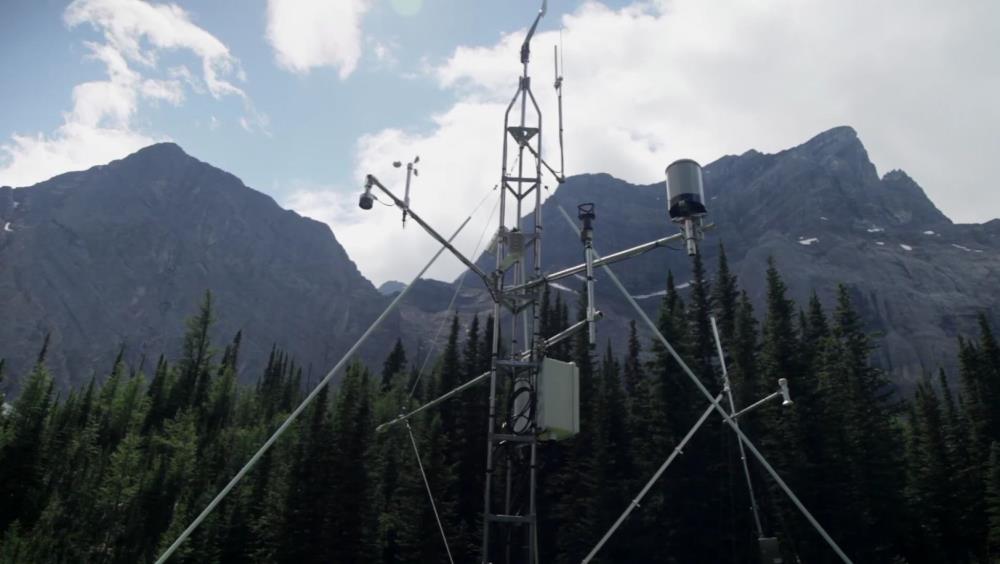
Related items loading ...
Section 1: Publication
Publication Type
Thesis
Authorship
Al-Bahouh, Mariam
Title
Water Footprint of Milk Production in Two Contrasting Areas: A Comparative Study
Year
2020
Publication Outlet
University of Guelph - Theses and Dissertations
DOI
ISBN
ISSN
Citation
Al-Bahouh, Mariam (2020) Water Footprint of Milk Production in Two Contrasting Areas: A Comparative Study, University of Guelph - Theses and Dissertations,
https://hdl.handle.net/10214/21282
Abstract
The agricultural sector is known for its effect on water quality and quantity. The main goal of this thesis is to determine the different components of water footprint (WF) that are associated with dairy farming systems in two regions with different weather conditions, and management practices; Kuwait and Ontario (ON)-Canada using farm specific data and simulation tools. Accordingly, the major studies and findings were: (i) The assessment of the blue and grey WFs of confined dairy farms in Kuwait which showed that the blue WF (L water kg-1 FPCM) was 54.5 ± 4.0 L kg-1 in the summer and 19.2 ± 0.8 L kg-1 in the winter, while the average grey WF (L kg-1 FPCM d-1) based on the phosphate (PO4) content of milk house wastewater was 23.0 ± 9.0 L kg-1 d-1. (ii) The assessment of the blue WF of confined dairy farms in ON and the potential of water conservation using site specific data and AgriSuite software showed that the rate of water utilization (L cow-1 d-1) can be reduced from 323.3 ± 5.7 to 269.1 ± 6.0. (ii) The assessment of the green WF of livestock feed rations using CROPWAT model showed that the average animal specific green WF (m-3 cow-1 yr-1) of confined dairy farms in Kuwait, confined and rotational grazing systems in ON was 2371.9 compared to 2269.8 and 2424.7, respectively due to variations in diet compositions. (iv) The assessment of the grey WF of livestock’s diets using DNDCv.CAN showed that NO3-N leaching (kg N ha-1) was the highest for corn grain in Argentina (44.7 ± 6.1) and ON-Canada (17.8 ± 2.8) and the lowest for alfalfa in Spain (15.7 ± 2.7) and pasture in ON (0.4 ± 0.0). For the total WF, the agricultural sector in Kuwait has the greatest water demand compared to ON-Canada (72.6 L kg-1 vs. 14.5 L kg-1) which highlights the need to shift toward adopting water conservation strategies. This study is novel as it is the first study that provides a detailed information on the different components of WF that are associated with dairy farms in Kuwait and ON-Canada.
Plain Language Summary


 GWFNet
GWFNet Master
Master Data
Data Research
Research Map
Map
 Advanced
Advanced Tools
Tools
 . . .
. . .
 Metadata Editor
Metadata Editor
 Record List
Record List
 Alias List Editor
Alias List Editor
 Legacy sites
Legacy sites